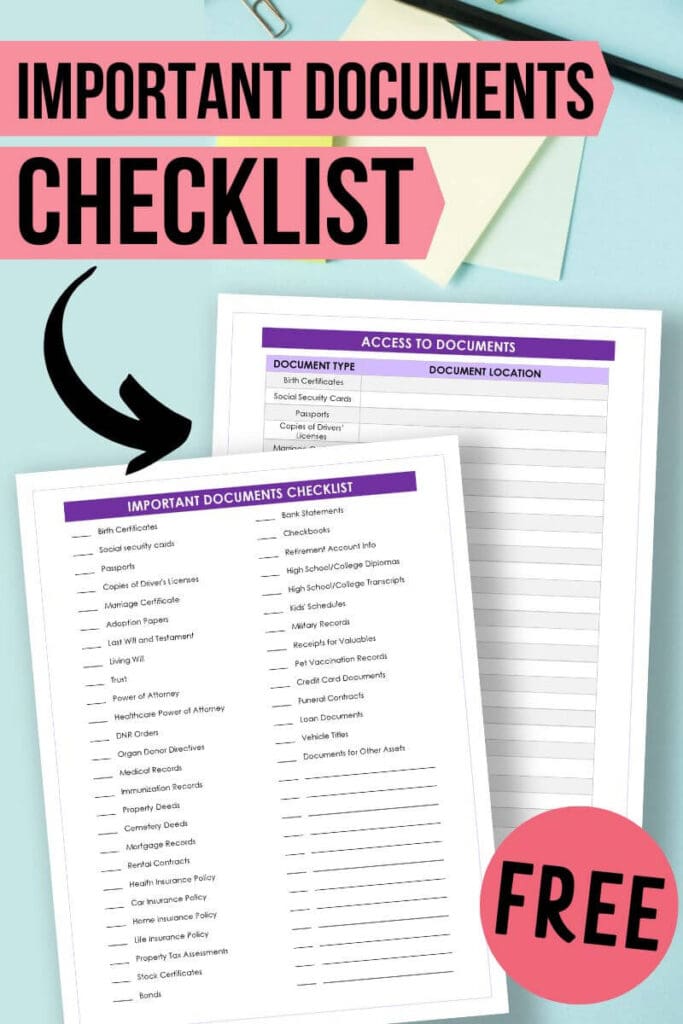It Is Important To Keep The Design Of Paper Forms

In an era dominated by digital solutions, a persistent debate surrounds the relevance and importance of maintaining carefully designed paper forms. While digital transformation continues to reshape various sectors, arguments for preserving well-crafted paper forms center on accessibility, reliability, and unique advantages they offer over purely digital systems.
The continued emphasis on paper form design highlights the enduring value of these tools in specific contexts, despite the prevailing digital trend.
Accessibility and Inclusivity
One of the primary reasons cited for maintaining well-designed paper forms is accessibility. Not everyone has consistent access to the internet or possesses the digital literacy required to navigate online forms efficiently.
According to a 2023 report by the Pew Research Center, while internet access is widespread in developed countries, significant disparities remain, particularly among older adults, low-income households, and individuals in rural areas.
Paper forms provide a tangible alternative, ensuring that these populations can still participate in essential processes like applying for government services, submitting medical information, or completing surveys. Clear, well-designed forms mitigate confusion and reduce errors, improving accessibility for individuals with varying levels of literacy or cognitive abilities.
Reliability and Contingency
Digital systems are susceptible to outages, cyberattacks, and technical glitches that can disrupt operations. Maintaining paper forms as a backup ensures business continuity during such events.
A statement from the National Archives and Records Administration (NARA) emphasizes the importance of having alternative methods for data collection and processing in the event of a system failure. Paper forms offer a reliable contingency, particularly for organizations that handle critical data or provide essential services.
Moreover, paper forms can be essential in situations where electronic devices are impractical or prohibited, such as in certain manufacturing environments or secure facilities.
The Design Advantage: Clarity and Tangibility
Well-designed paper forms offer a unique advantage in terms of clarity and tangibility. The physical layout of a form can guide users through the required information in a logical and intuitive manner.
Visual cues, such as clear headings, defined answer spaces, and logical sequencing, help users understand the form's purpose and complete it accurately. The tactile nature of paper allows users to physically interact with the form, making it easier to track progress and review information.
Professor Susan Weinschenk, a noted expert in user experience design, argues that the constraints of paper forms can sometimes lead to better design decisions. Designers must prioritize essential information and create a clear, uncluttered layout, leading to a more user-friendly experience.
Specific Use Cases and Industry Examples
Several sectors continue to rely heavily on paper forms due to the reasons mentioned above. The healthcare industry, for example, uses paper forms for patient intake, medical history questionnaires, and consent forms.
While electronic health records are becoming increasingly common, paper forms remain crucial in situations where digital access is limited or during emergencies. Government agencies also rely on paper forms for tax filings, applications for permits, and census data collection.
The U.S. Internal Revenue Service (IRS) provides numerous paper forms for taxpayers who prefer to file manually or lack access to online filing systems. In the education sector, paper forms are still used for standardized tests, student registration, and parental consent.
The Future of Paper Forms
While the digital transformation will continue to advance, it is unlikely that paper forms will disappear entirely. Instead, a hybrid approach, combining the advantages of both digital and paper systems, is likely to prevail.
Organizations are increasingly adopting strategies that integrate paper forms with digital workflows, such as using optical character recognition (OCR) technology to convert paper-based data into digital formats. This allows them to leverage the benefits of paper while still enjoying the efficiency and analytical capabilities of digital systems.
The key is to recognize the strengths and weaknesses of each medium and choose the appropriate tool for the specific task. In many cases, a well-designed paper form remains the most effective and accessible option.
Conclusion
The ongoing importance of paper form design underscores the need for a nuanced approach to digital transformation. While digital solutions offer numerous advantages, paper forms continue to provide essential benefits in terms of accessibility, reliability, and clarity.
By recognizing the enduring value of well-crafted paper forms and integrating them strategically with digital systems, organizations can ensure that they are meeting the needs of all users and maintaining operational resilience.
Ultimately, the goal is to provide the most effective and user-friendly experience possible, regardless of the medium used.

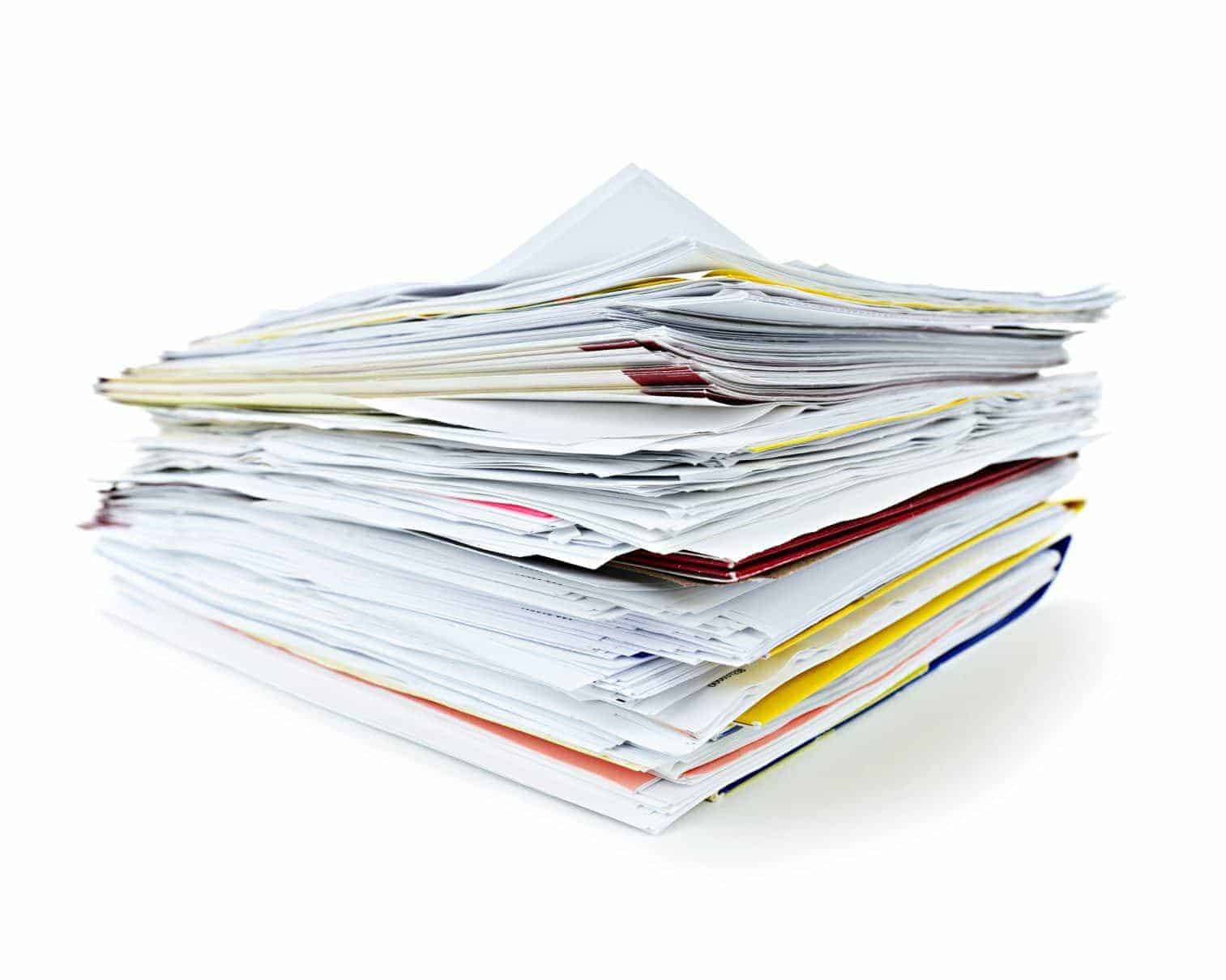
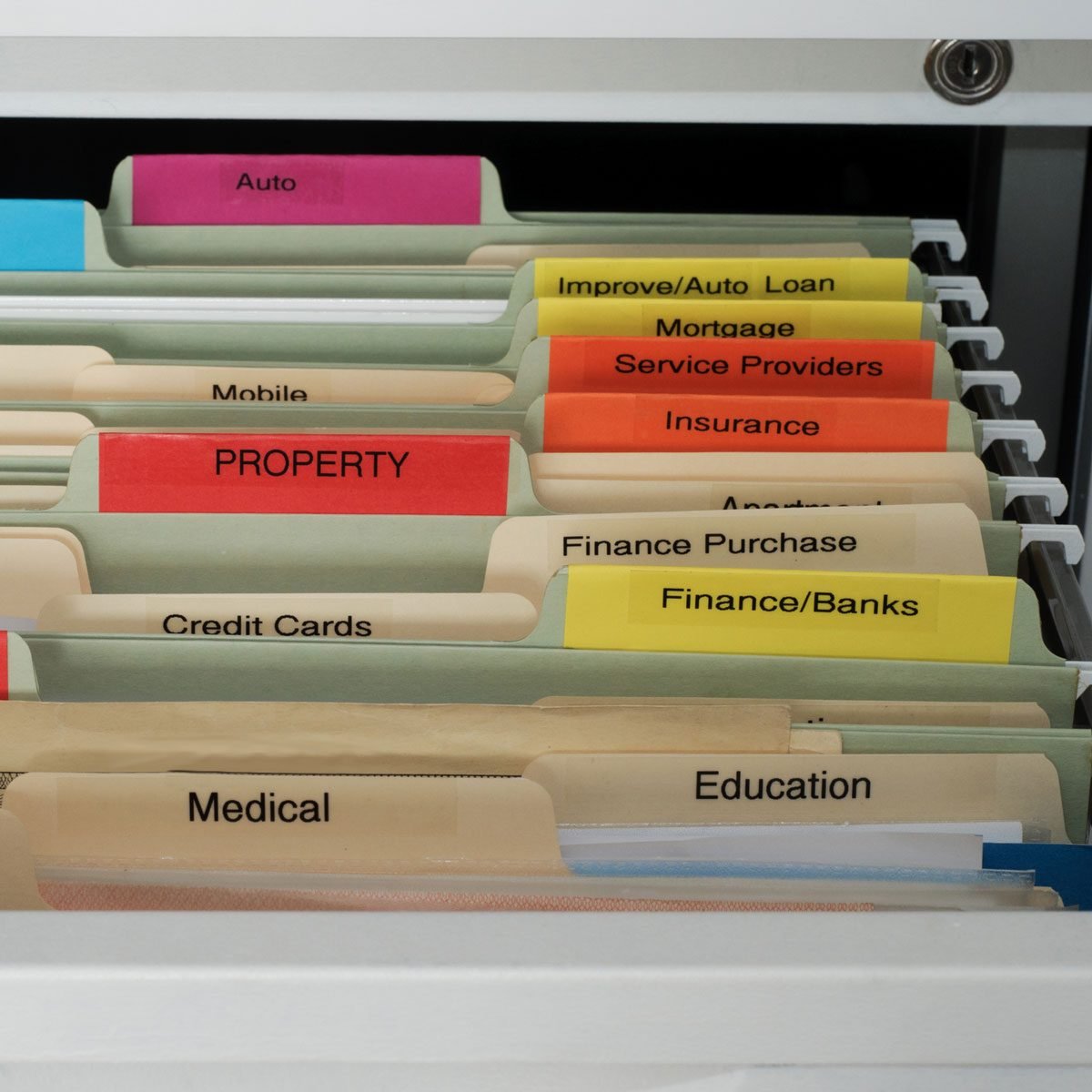
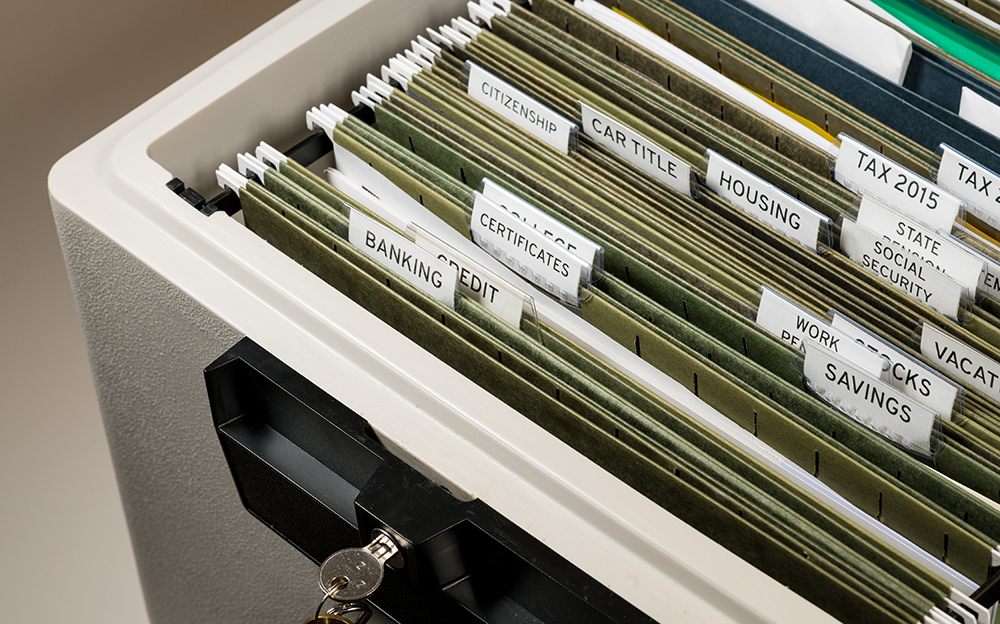




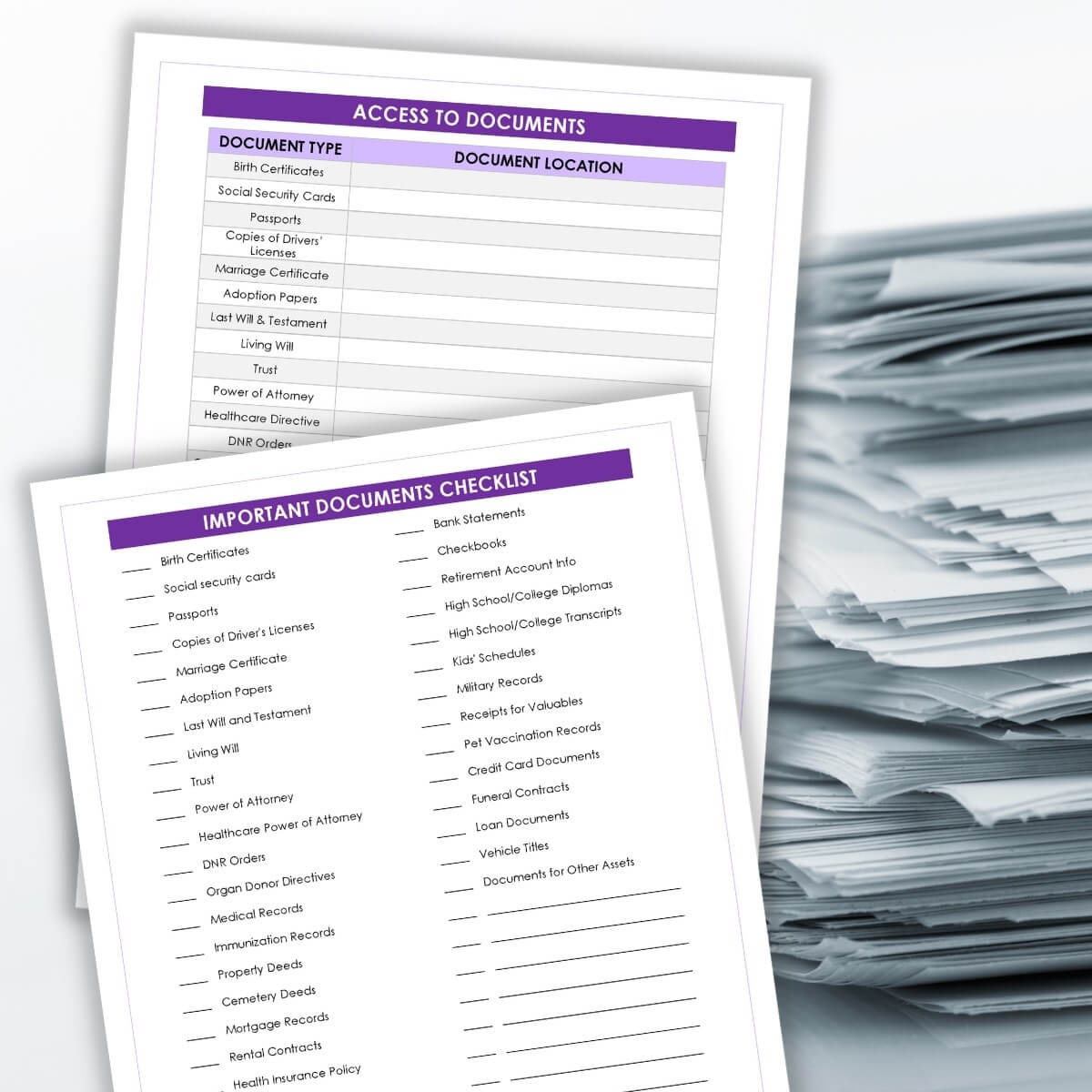



/documents-813898696-5aa02e343128340037ead582.jpg)

